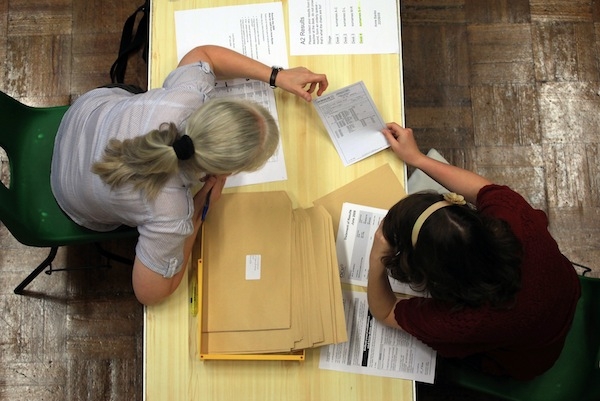This year’s coverage of A-levels has been a little different to that in previous years. Sure, there are still plenty of blonde twins coming out of the woodwork to take impressively high jumps in the air but there are no headlines about results breaking new records for the proportion of top marks awarded, and that’s because tough new rules on the exams came into effect this year. Last year results remained static for the first time in a decade, and this year, they saw a drop.
The number of marks at A or above fell 0.4 per cent to 27 per cent of total grades awarded. Just under 7.9 per cent of entries were marked at the top A* grade, a fall from 8.2 per cent in 2011. The overall pass rate has only increased marginally to just under 98 per cent.
This has led to a 7 per cent fall in the number of students who have been accepted onto university courses.
So what do these new rules change? Ofqual will now ask exam boards to justify any results that differ dramatically from those in previous years. It uses a ‘principle of comparable outcomes’, which means there will be roughly the same proportion of students achieving each grade from year to year. The NASUWT insists in a rather grumpy press release today that ‘claims that this process has been a ‘crack down’ or evidence that exams are easier than in the past are quite simply nonsense’.
The AQA exam board has also seen a 20 per cent rise in the number of students taking its extended project qualification, which includes further study of a subject and a dissertation.
There won’t be much jumping in the air from language teachers, though: French A-level entries dropped five per cent today, and have fallen by a third since 2000. The number of students taking German fell by just under 8 per cent, and Spanish had 3 per cent fewer entrants.







Comments